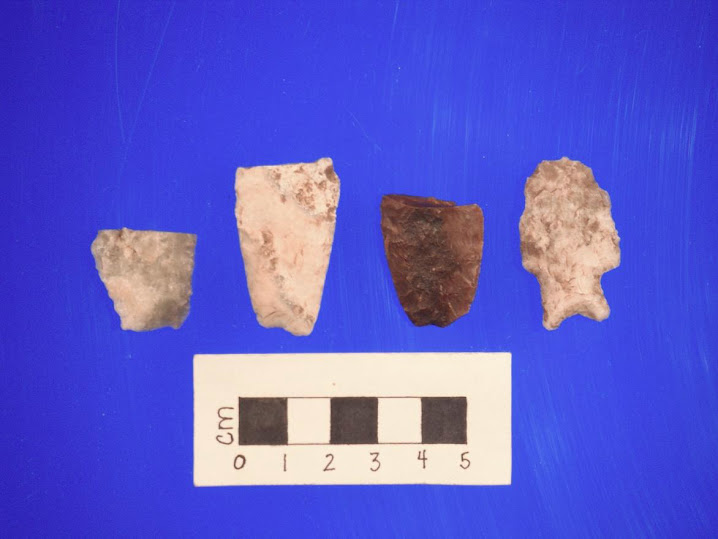Saskatchewan Archaeological Society
The Saskatchewan Archaeological Society (SAS), founded in 1963, is one of the most active and effective volunteer-based archaeological organizations on the continent. We educate the public, promote research and advocate for heritage preservation and protection. Our members include professional archaeologists, avocational archaeologists and members of the general public that are curious about our province's first peoples and other cultures.
What does the SAS do?
- Offers all ages fieldschools, hands-on workshops, annual meeting and conference, annual bus tour, special tours and regional chapters across the province.
- Offers teaching and educational resources such as artefact replicas, "archaeo-kits", "Kiwetinohk"
- travelling rock art exhibit, videos, an extensive library of books, journals, theses, maps and photos, a quaterly newsletter on archaeology, history, natural history, geology and palaeontology news and publications for sale.
- Provides funding to individuals or groups for research projects and the annual Zenon Pohorecky Memorial Bursary to university students.
How do I join?
Contact the SAS!
#1-1730 Quebec Avenue
Saskatoon, SK S7K 1V9
Ph: (306) 664-4124
Fax: (306) 665-1928
Email: saskarchsoc@sasktel.net
Web: www.saskarchsoc.ca
During 2013, the SAS is celebrating its 50th Anniversary of the Annual Gathering and are placing a number of geocaches at archaeological and historically significant sites throughout the province.
SAS #14: Camp Rayner
The archaeological site at Camp Rayner was originally discovered as a result of the South Saskatchewan River Project (SSRP) that began in 1958 as a mitigation effort related to the construction of the Lake Diefenbaker reservoir. It involved surveying the entire area along the South Saskatchewan River that would be affected by the building of the dam. During this 3-year project, archaeologists recorded approximately 240 archaeological sites along the River margins.
Camp Rayner became part of the Saskatchewan Archaeological Society’s educational field school program under the direction of then Executive Director, Tim Jones. The goal of the field school was to discover the site boundaries as well as the depth and the nature of the cultural deposits. A field school at this location ran from 1987 until 1995 and over those nine field seasons, approximately 40,000 artifacts were discovered and catalogued. These artifacts included pottery, lithic or stone tools as well as faunal material (animal remains).
The site represents 8000 years of human history in this location and is unique in that it has an intact cultural sequence displaying multiple occupations over that time period. Camp Rayner is also unique in that it has an intact (in situ) layer of Palaeoindian artefacts including projectile points belonging to the Lusk and Lovell Constricted complexes. Typically artefacts dating to this period are only found as surface finds and not in the context of an established site. Additionally some surface finds along the beach area indicate that human occupation may go back over 9000 years in the area. The artefacts from the SAS’ field school were analyzed as part of a Master of Arts thesis in Archaeology in 2012 and additional excavation may occur in the future.
Of more recent human history in the area is the presence of an original poplar log cabin built by Jack Hitchcock in 1903. Visitors may inquire at Hitchcock’s Hideaway about seeing the inside of the cabin. Unfortunately, the site is slowly being destroyed by wave action from Lake Diefenbaker eroding the banks. Estimates put the erosion of the shoreline at 1-4 metres annually. As such the archaeological heritage of this area is being lost due to the fluctuating water levels of the reservoir.
References:
Cahill, Nathalie M.
2012 The Camp Rayner Site (EgNr-2): Archaeological Investigations of a Multi-Component Site in South-Central Saskatchewan. Unpublished MA thesis, Department of Archaeology and Anthropology, University of Saskatchewan: Saskatoon, SK.
8000 year old projectile points from Camp Rayner (Cahill 2012:139)